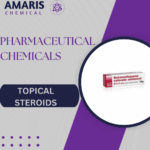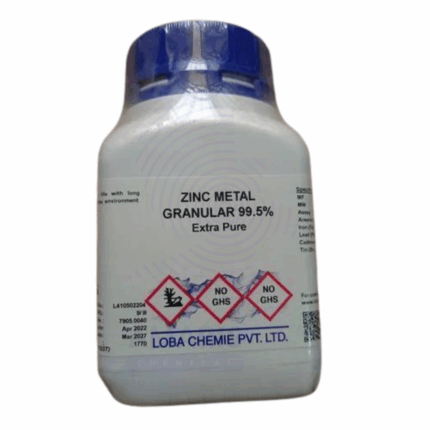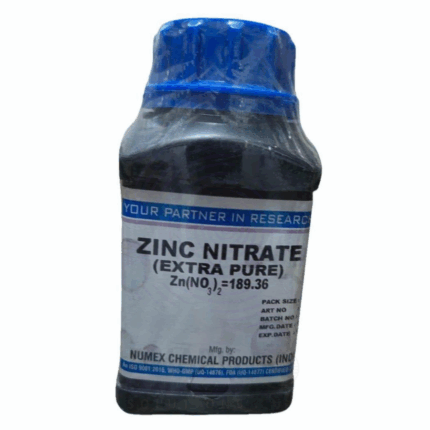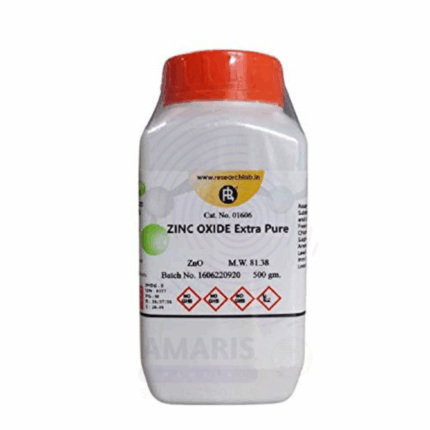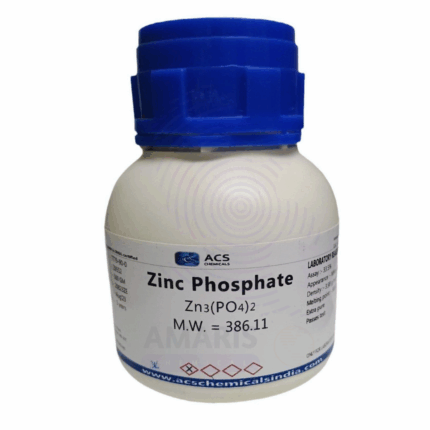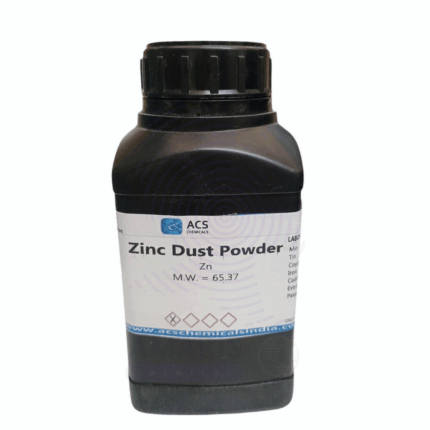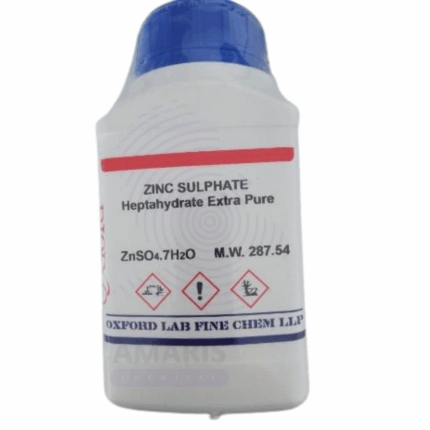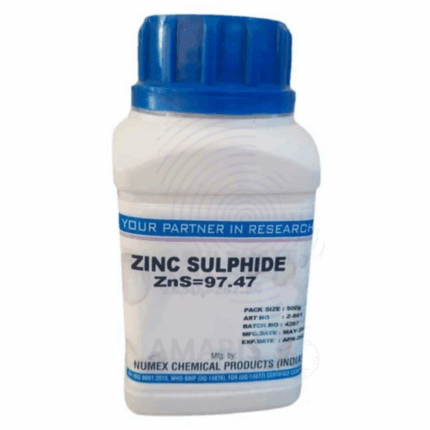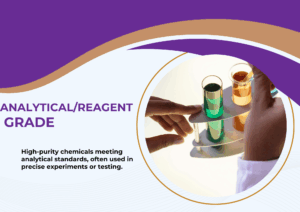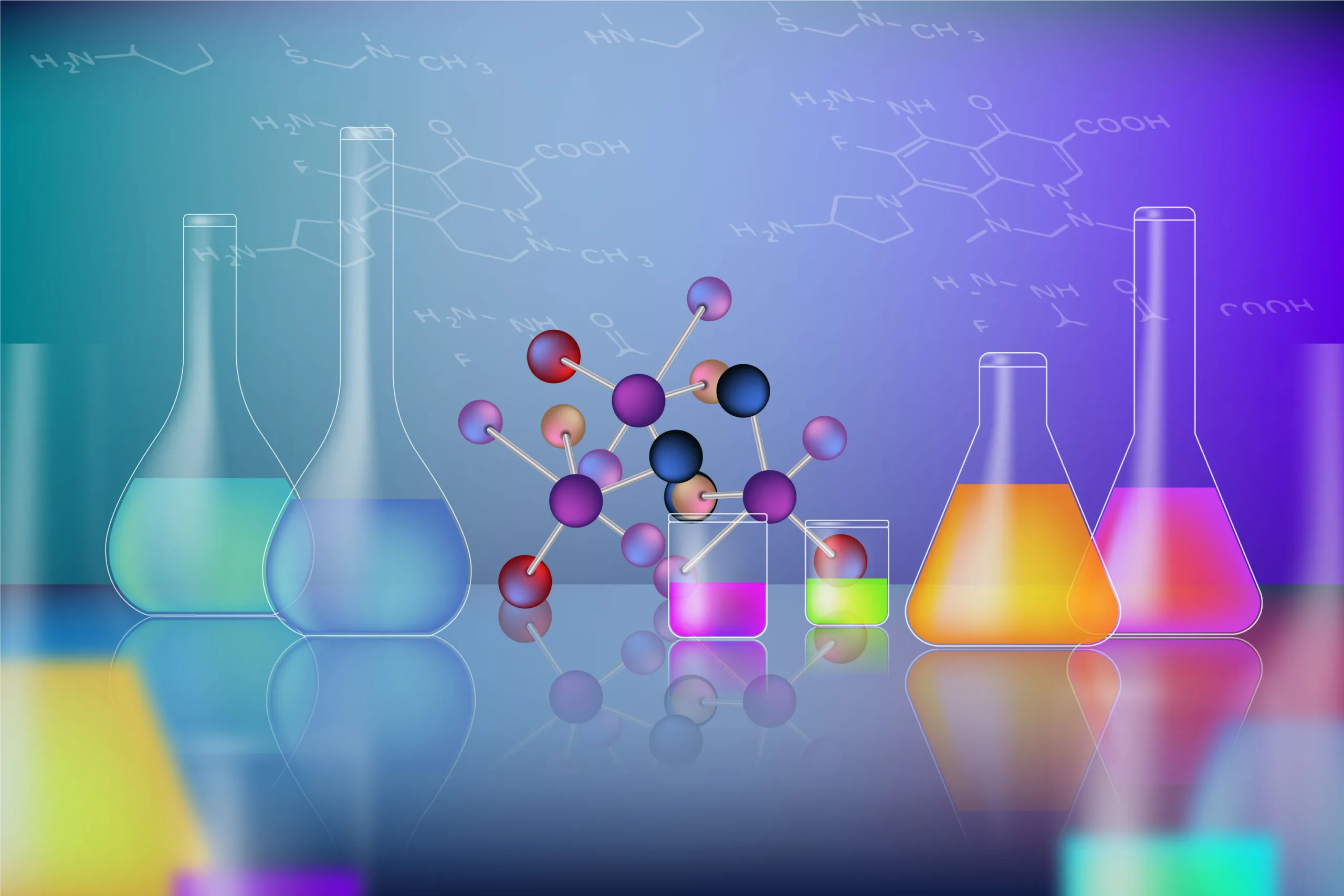
Zinc Hydroxide Extra Pure
Zinc Hydroxide Extra Pure is a high-purity, white, odorless powder used extensively in laboratory applications involving zinc chemistry. It acts as a key reagent in qualitative and quantitative analyses and the synthesis of zinc compounds. Insoluble in water but soluble in acids, it plays an important role in precipitation and buffering reactions. The Extra Pure grade ensures minimal impurities for sensitive experimental work. Zinc Hydroxide is also studied in pharmaceutical and environmental research for its bioactivity and water treatment potential. It requires careful handling to avoid dust inhalation and moisture exposure, and is stable under standard laboratory storage conditions.
Zinc Nitrate Extra Pure
Zinc Nitrate Extra Pure is a high-purity, colorless crystalline solid commonly found as the hexahydrate form. It is a vital reagent in analytical chemistry laboratories for zinc and nitrate ion determinations, calibration standards, and synthesis of zinc complexes. Its high water solubility and oxidizing properties make it useful in catalytic, materials science, and environmental chemistry research. The Extra Pure grade ensures minimal impurities, making it suitable for precise laboratory experiments. Careful handling is required due to its oxidizing nature and potential to release toxic nitrogen oxides upon decomposition. Storage in sealed containers away from reducing agents and moisture is essential to maintain quality and safety.
Zinc Oxide Extra Pure
Zinc Oxide Extra Pure is a high-purity, white, fine powder used extensively in laboratory, research, and pharmaceutical-grade formulations. Renowned for its amphoteric character, it reacts with both acids and bases, making it highly versatile in chemical synthesis and pH-related experiments. In laboratory research, it plays a key role in analytical chemistry, photocatalysis, pigment studies, and semiconducting material research. It is also valued in pharmaceutical and cosmetic R&D for its antimicrobial, UV-reflective, and healing properties. In environmental and materials science labs, Zinc Oxide is studied for its potential in pollutant degradation, corrosion resistance, and nanomaterial development. Its Extra Pure grade ensures suitability for applications demanding precise, consistent purity and low impurity levels. Although generally safe to handle, care should be taken to avoid inhaling fine dust or releasing large amounts into aquatic environments due to its toxicity to aquatic life.
Zinc Phosphate Extra Pure
Zinc Phosphate Extra Pure is a white, fine, odorless powder composed of trizinc diphosphate with high chemical stability and purity suitable for analytical and material science applications. It is widely used in laboratories for phosphate-based reactions, corrosion inhibition research, and dental material development. Known for its minimal solubility in water and compatibility with dilute acids, it serves as a stable phosphate source in various experiments. It is especially valued in lab-scale surface treatment simulations, pigment formulation testing, and environmental remediation trials. Zinc Phosphate’s inertness under standard conditions and non-toxic classification make it a preferred choice for controlled reactivity studies, inorganic synthesis, and coatings R&D. Proper handling is required due to its dusty nature, although it is considered non-hazardous under most regulatory frameworks.
Zinc Sulphide Extra Pure
Zinc Sulphide Extra Pure is a high-purity, white to pale yellow, odorless crystalline or powdery inorganic compound with the formula ZnS. It is widely used as a phosphorescent and luminescent material in laboratory and industrial applications. Known for its excellent optical properties, it serves as a key reagent in analytical chemistry for spectroscopic standards and as an activator in glass and ceramics. In pharmaceuticals and cosmetics, it acts as a UV blocker and luminescent agent.
Due to its inert nature and stability, Zinc Sulphide Extra Pure is ideal for use in paints, safety coatings, and electronic devices requiring phosphor materials. It requires careful handling to avoid dust inhalation and must be stored away from acids and moisture to prevent release of toxic hydrogen sulfide gas.


 Preservatives(food)
Preservatives(food) Flavor Enhancers
Flavor Enhancers Acidulants
Acidulants Sweeteners
Sweeteners Antioxidants
Antioxidants Colorants(food)
Colorants(food)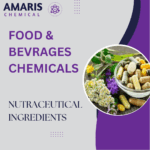 Nutraceutical Ingredients (food)
Nutraceutical Ingredients (food) Nutrient Supplements
Nutrient Supplements Emulsifiers
Emulsifiers
 Collectors
Collectors Dust Suppressants
Dust Suppressants Explosives and Blasting Agents
Explosives and Blasting Agents Flocculants and Coagulants
Flocculants and Coagulants Frothers
Frothers Leaching Agents
Leaching Agents pH Modifiers
pH Modifiers Precious Metal Extraction Agents
Precious Metal Extraction Agents
 Antioxidants(plastic)
Antioxidants(plastic) Colorants (Pigments, Dyes)
Colorants (Pigments, Dyes) Fillers and Reinforcements
Fillers and Reinforcements Flame Retardants
Flame Retardants Monomers
Monomers Plasticizers
Plasticizers Polymerization Initiators
Polymerization Initiators Stabilizers (UV, Heat)
Stabilizers (UV, Heat)
 Antifoaming Agents
Antifoaming Agents Chelating Agents
Chelating Agents Coagulants and Flocculants
Coagulants and Flocculants Corrosion Inhibitors
Corrosion Inhibitors Disinfectants and Biocides
Disinfectants and Biocides Oxidizing Agents
Oxidizing Agents pH Adjusters
pH Adjusters Scale Inhibitors( water)
Scale Inhibitors( water)
 Antioxidants(cosmetic)
Antioxidants(cosmetic) Emollients
Emollients Fragrances and Essential Oils
Fragrances and Essential Oils Humectants
Humectants Preservatives
Preservatives Surfactants(cosmetic)
Surfactants(cosmetic) Thickeners
Thickeners UV Filters
UV Filters
 Fertilizers
Fertilizers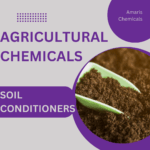 Soil Conditioners
Soil Conditioners Plant Growth Regulators
Plant Growth Regulators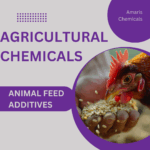 Animal Feed Additives
Animal Feed Additives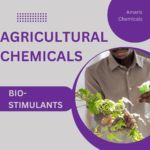 Biostimulants
Biostimulants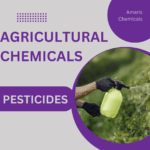 Pesticides (Herbicides, Insecticides, Fungicides)
Pesticides (Herbicides, Insecticides, Fungicides)
 Active Pharmaceutical Ingredients (APIs)
Active Pharmaceutical Ingredients (APIs) Excipients
Excipients Solvents(pharmaceutical)
Solvents(pharmaceutical) Antibiotics
Antibiotics Antiseptics and Disinfectants
Antiseptics and Disinfectants Vaccine Adjuvants
Vaccine Adjuvants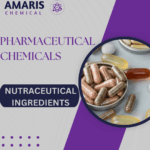 Nutraceutical Ingredients (pharmaceutical)
Nutraceutical Ingredients (pharmaceutical)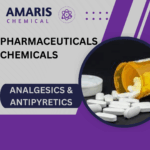 Analgesics & Antipyretics
Analgesics & Antipyretics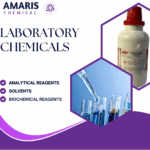
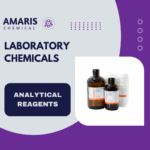 Analytical Reagents
Analytical Reagents Solvents(lab)
Solvents(lab)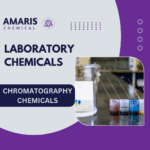 Chromatography Chemicals
Chromatography Chemicals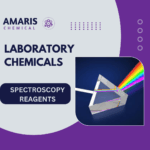 Spectroscopy Reagents
Spectroscopy Reagents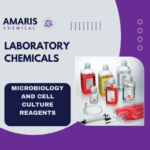 microbiology-and-cell-culture-reagents
microbiology-and-cell-culture-reagents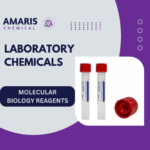 Molecular Biology Reagents
Molecular Biology Reagents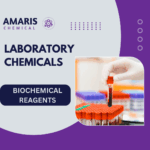 Biochemical Reagents
Biochemical Reagents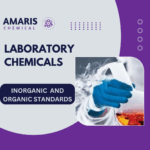 Inorganic and Organic Standards
Inorganic and Organic Standards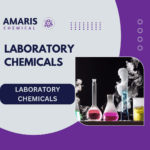 Laboratory Safety Chemicals
Laboratory Safety Chemicals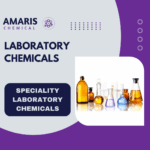 Specialty Laboratory Chemicals(Special Laboratory Equipment)
Specialty Laboratory Chemicals(Special Laboratory Equipment)
 Demulsifiers
Demulsifiers Hydraulic Fracturing Fluids
Hydraulic Fracturing Fluids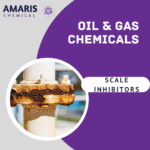 Scale Inhibitors(oil)
Scale Inhibitors(oil) Surfactants(oil)
Surfactants(oil) Drilling Fluids
Drilling Fluids
 Dyes and Pigments
Dyes and Pigments Bleaching Agents
Bleaching Agents Softening Agents
Softening Agents Finishing Agents
Finishing Agents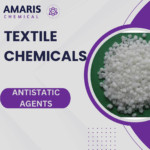 Antistatic Agents
Antistatic Agents
 Admixtures
Admixtures Waterproofing Agents
Waterproofing Agents Sealants and Adhesives
Sealants and Adhesives Curing Compounds
Curing Compounds Concrete Repair Chemicals
Concrete Repair Chemicals Anti-Corrosion Coatings
Anti-Corrosion Coatings
 Surfactants(cleaning)
Surfactants(cleaning) Builders
Builders Enzymes
Enzymes Solvents (Cleaning)
Solvents (Cleaning) Fragrances
Fragrances
 Electronic Chemicals
Electronic Chemicals Catalysts
Catalysts Lubricants
Lubricants Photographic Chemicals
Photographic Chemicals Refrigerants
Refrigerants Automotive chemicals
Automotive chemicals Pyrotechnic Chemicals
Pyrotechnic Chemicals
 Biodegradable Surfactants
Biodegradable Surfactants Bio-based Solvents
Bio-based Solvents Renewable Polymers
Renewable Polymers Carbon Capture Chemicals
Carbon Capture Chemicals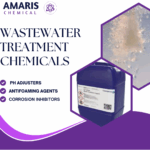 Wastewater Treatment Chemicals
Wastewater Treatment Chemicals
 Pigments
Pigments Solvents(paint)
Solvents(paint) Specialty Coatings
Specialty Coatings Binders/Resins
Binders/Resins Additives
Additives Driers
Driers Anti-Corrosion Agents
Anti-Corrosion Agents Functional Coatings
Functional Coatings Application-Specific Coatings
Application-Specific Coatings
 Fresh Herbs
Fresh Herbs Ground Spices
Ground Spices Whole Spices
Whole Spices Spice Blends
Spice Blends Dried Herbs
Dried Herbs
 Leavening Agents
Leavening Agents Dough Conditioners
Dough Conditioners Flour Treatments
Flour Treatments Fat Replacers
Fat Replacers Decoratives
Decoratives Preservatives(baking)
Preservatives(baking)
 Plasticizers & Softeners
Plasticizers & Softeners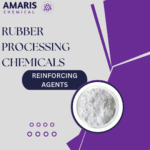 Reinforcing Agents
Reinforcing Agents Adhesion Promoters
Adhesion Promoters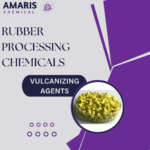 Vulcanizing Agents
Vulcanizing Agents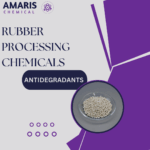 Antidegradants
Antidegradants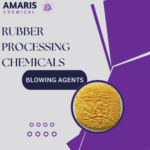 Blowing Agents
Blowing Agents Fillers & Extenders
Fillers & Extenders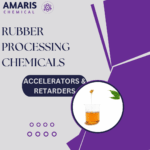 Accelerators & Retarders
Accelerators & Retarders














